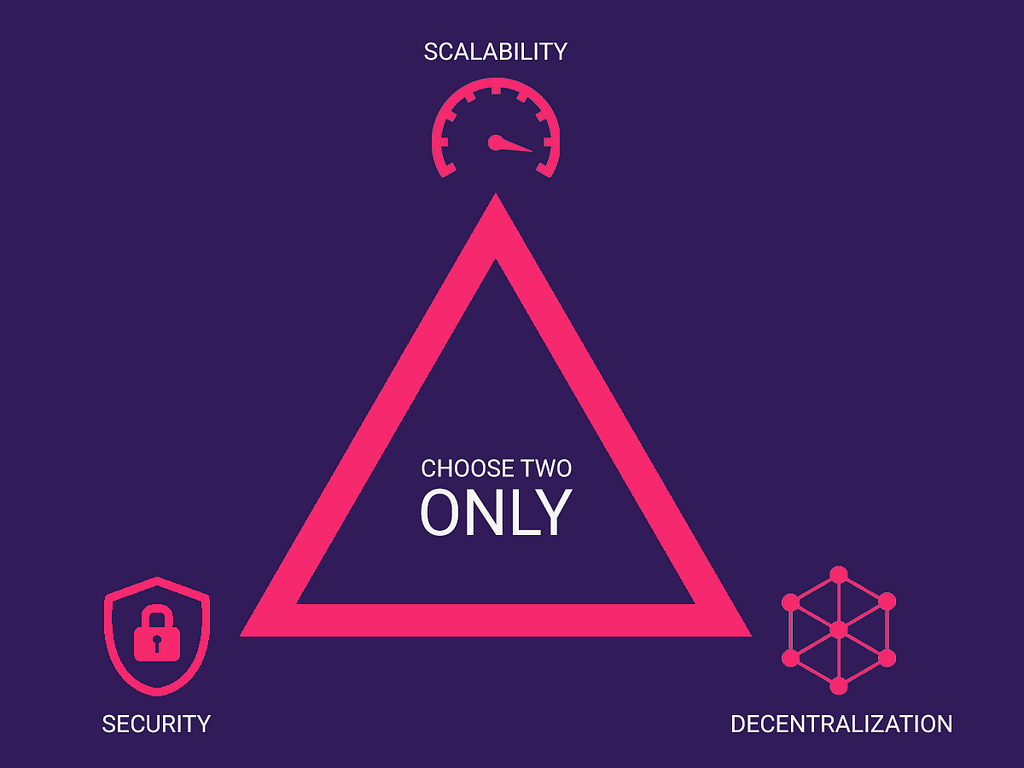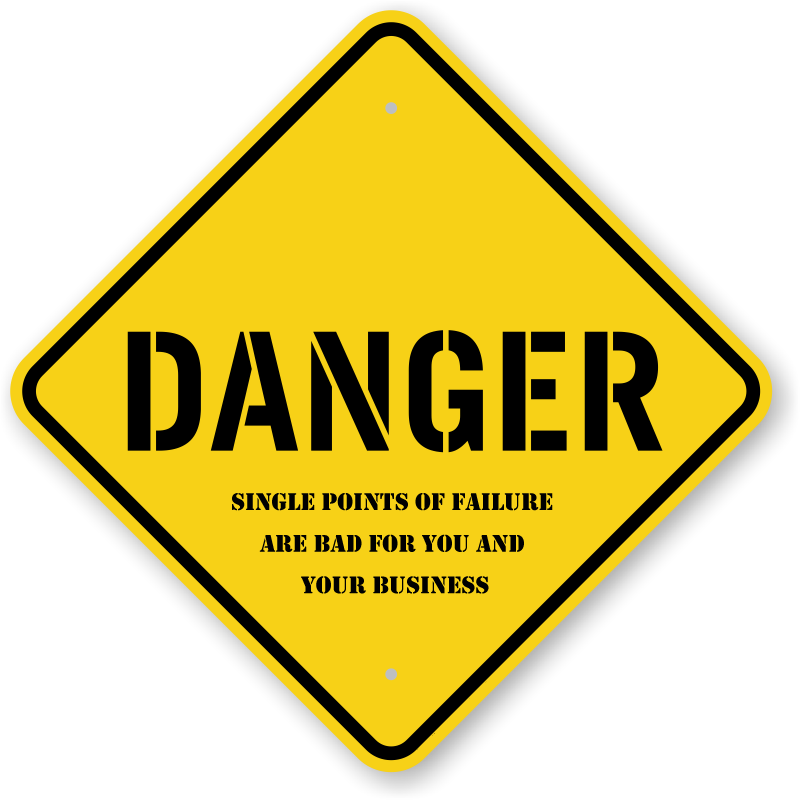Latest news about Bitcoin and all cryptocurrencies. Your daily crypto news habit.
 The worst time to find about the dark side of centralization is when it is too late.
The worst time to find about the dark side of centralization is when it is too late.
In the past few weeks, the global information highways were riddled with news about Huawei’s fall from grace as the US government clamped down on the company and its products. The decision of US policymakers to put the Chinese giant and 68 of its non-US affiliates on the trade blacklist on May 16 led to Google and ARM to announce that they are cutting their ties with the telecom company.
Google banned Huawei from getting access to updates of the Android operating system and stopped providing support and access to all Google services in Huawei’s upcoming mobile communication devices. The heavier blow, however, came from chip designer ARM. Unable to access CPU designs for its mobile devices, Huawei was left with only one option: to design its own chips from scratch, a process measured in years.
This is like telling Coca-Cola that it can’t use carbonated water. [WIRED]
As it turns out, there is no concept of “too big to fail” in the IT world. A business that employs more than 180,000 people worldwide can be brought down to its knees in a matter of days if the right levers are pulled down. In the case of Huawei, and in fact all other mobile device manufacturers, the most deadly lever is called “ARM support.” Without access to US chip designs, including those of Intel, AMD, and ARM, the game is over for all of them. Since ARM holds the patents to the most widely-used and efficient mobile processor technology, all mobile device manufacturers are exposed to a single point of failure (SPF) — ARM.
SPFs are scary. They introduce insurmountable obstacles to businesses and private individuals alike. For example, access to Instagram could be an SPF for an “influencer”. Without being able to log on to Instagram, one loses access to their audience, the “following” they spent years to grow. In the same way, access to Google or Facebook could mean profit or bankruptcy in a highly competitive, heavily ad-focused industry.
Here is a hot example:
CCN is Shutting Down after Google's June 2019 Core Update
Finally, owning a bank account and a debit/credit card is an essential prerequisite for access to the abundance of services and products that well-functioning marketing economies have to offer.
In a way, SPFs own you. And that’s what Satoshi hated.
Single points of failure are in fact a synonym of “centralization,” the problem that is at the heart of the philosophical movement behind blockchain technology. How can we limit our exposure to SPFs and be less affected by the whims of the powerful? Open source, “practicing decentralization,” and public blockchain technology could be a solution.
.
Open Source ≠ Decentralization
Despite popular beliefs, open source does not necessarily lead to decentralization. Google and their Android’s operating systems are a prime example of this. On one hand, Android enables companies around the globe to gain access to a fully modifiable operating system that they can customize for a wide variety of use cases and not have to develop it from scratch. On the other, it features essential Google services — a lack of which could be a deal breaker for the majority of users (especially outside of China). Additionally, these rely on software updates (including security ones) that are not included in the Android Open Source Project.
In the case of blockchains, we have a similar situation. Most of the software is open source, but there is a core team that supports, develops and upgrades it.
Furthermore, a leader is associated with the project and acts as a spokesperson, media sweetheart, and has substantial influence over selecting the path for future development of the blockchain protocol. In the case of Ethereum, that is Vitalik Buterin. for Cardano it is Charles Hoskinson, and for TEZOS that’s Kathleen Breitman.
 “Father of Lambos” and a notable single point of failure.
“Father of Lambos” and a notable single point of failure.
Mining power is another SPF in the world of public blockchains. The case here is very similar to Huawei’s — there are only two global manufacturers of GPUs: AMD and Nvidia. The good thing is that GPUs are general-purpose and could be used for artificial intelligence applications, gaming, 3D modelling, and mining (to name a few). GPU availability is definitely a SPF, but since it affects a wide range of industries, it is not a convenient example to make use of.
In the case of Bitcoin mining, there is a good variety of ASIC manufacturers. However, the best chips are produced only by a handful of companies, primarily in China.
Conscious of mining being an SPF, many of the newer blockchain protocols are trying to find refuge in new consensus mechanisms that do not rely on Proof of Work (PoW) for Sybil attack protection. The most widespread PoW alternatives are variations of Proof of Stake (PoS). However, in all cases, PoS is simply eliminating one SPF by establishing another (or others).
It’s a geeky balancing act with billions of value at stake. Literally.
 Don’t be fooled by ICO marketing. Two only.
Don’t be fooled by ICO marketing. Two only.
Despite the imperfect state of the blockchain-related single points of failure, hardcore public blockchain enthusiasts are known for their notable aversion towards them. In fact, most of the R&D that goes into blockchain tech is aimed at reconciling the infamous trilemma, enabling security, scalability, and decentralization in a single protocol.
So far, it has been possible to only feature two of those characteristics at the same time. The work is ongoing and it seems that most of the projects in the space are trying to find a unique solution. It’s evolution on steroids. And it is not only about the code. It is about new forms of governance, too.
æternity’s Approach to Single Points of Failure
Since eliminating SPFs is a main goal and competitive advantage of blockchain protocols, there must be no (or at least very few) compromises with the level of decentralization.
Currently, decentralization does make you slower, but much harder to attack.
Maybe Huawei wasn’t in a position where it could afford to be slower. Developing its own chip architecture would take a long time. Meanwhile, its competitors would have enjoyed ARM’s warming rays of cooperation. However, since Huawei relied on ARM to deliver the heart (or brain) of its products, it will now have to suffer the financial consequences. Moreover, it may still have to develop its own CPU technology, only in the worst possible time.
The best time to start thinking about decentralization was 10 years ago, the next best time is now.
Unlike Huawei, æternity, as a project sharing Satoshi’s beliefs, is obsessed by the elimination of SPFs. Creating a decentralized but at the same time secure and scalable protocol has been the primary goal of the project since Day 1. Here are only a few of the manifestations of that healthy anti-SPFs compulsion.
Base æpp
æternity’s Base æpp is fully open source, of course, just like the entire blockchain protocol and all available developer tools. There is not a single part of it that is not open to community examination and modification. All Base æpp updates are completely public and available to anyone. 100% of the Base æpp code is on GitHub. But all that is a standard in the crypto world.
Here is what is cooler.
Apart from recently launching iOS and Android apps, æternity’s Base æpp will continue to be a progressive web-app (PWA) in the future. That makes it is censorship-proof.
How?
If the major platforms decide to take off crypto wallets from their stores one day, the Base æpp will continue to be available as a PWA and behave more or less identically to the way the iOS and Android native apps do. This allows the Base æpp wallet to survive untouched beyond any changes and commotions that proprietary platforms endure and this has been very much an integral part of the æternity philosophy from the very beginning.
Having in mind that the Base æpp is an account (wallet) manager and the gateway to the entire æternity æpps ecosystem (the App Store of æternity), relying on completely centralized app stores introduces an SPF. Alert, alert!
Bitcoin-NG Consensus with Cuckoo Cycle for Sybil Protection
Currently, there is no need to play around with consensus mechanisms too much. All of those are open source and if one of them proves to be better than the most battle-tested one — the Nakamoto Consensus (NC), it could be incorporated into æternity. Therefore, æternity decided not to rely on a Proof of Stake variation, but to bet on a Cornell University modification of NC called Bitcoin-NG.
Thanks to Bitcoin-NG, the current on-chain speed of the network is 116tx/s, 16 times faster than Bitcoin and almost 5 times faster than Ethereum. For an even higher speed, one can go off-chain with State Channels, where transactions and smart contract executions are instant and free.
Cuckoo Cycle is a new and efficient mining algorithm that relies heavily on fast RAM. There is still no ASIC for it and mining is done with general-purpose GPUs, which are widespread. Top Nvidia models such as the 1070 model work best.
Governance
Having a single entity or a few people that determine the future of a blockchain project creates SPFs. Making decisions about the focus of future development efforts or protocol features must not be decided by a single individual or a small group of individuals. Moving away from such structures is perhaps one of the biggest challenges that blockchain platforms face today. That is the reason why there are a few projects that are spending time and resources on researching new governance models. æternity is one of them.
Thanks to its native cryptocurrency — the AE token, æternity (and any other public blockchain) has the opportunity to innovate in the field of governance.
AE tokens do not only represent monetary value, but voting power as well.
The recently organized first on-chain governance vote, the Block Reward Initiative or BRI, exemplifies this process.
æternity’s First On-Chain Governance Vote: Decentralization 2.0
In the period of May 7 -15 this year, anyone who owned AE tokens (either on Ethereum or on the Mainnet) was able to formally provide their opinion on whether 0% to 20% of miner rewards (newly created AE tokens per block) should be allocated to development.
The results are completely transparent, verifiable, secure, and it was even possible to follow the voting results in real-time thanks to AEKnow.org. You can find the results of this first successful blockchain governance exercise in the Blog.
End of the line
The Huawei example teaches us that SPFs can be deadly. Improving decentralization is a painful, complicated process that is usually postponed until it is too late. Investing in decentralization, however, results in project sustainability and ensures that your carefully engineered online identity, real-world business, or product will continue to exist in the future, unaffected by the whims of orange-faced leaders and their varieties.
What Huawei Teaches Us About Single Points of Failure was originally published in Hacker Noon on Medium, where people are continuing the conversation by highlighting and responding to this story.
Disclaimer
The views and opinions expressed in this article are solely those of the authors and do not reflect the views of Bitcoin Insider. Every investment and trading move involves risk - this is especially true for cryptocurrencies given their volatility. We strongly advise our readers to conduct their own research when making a decision.



